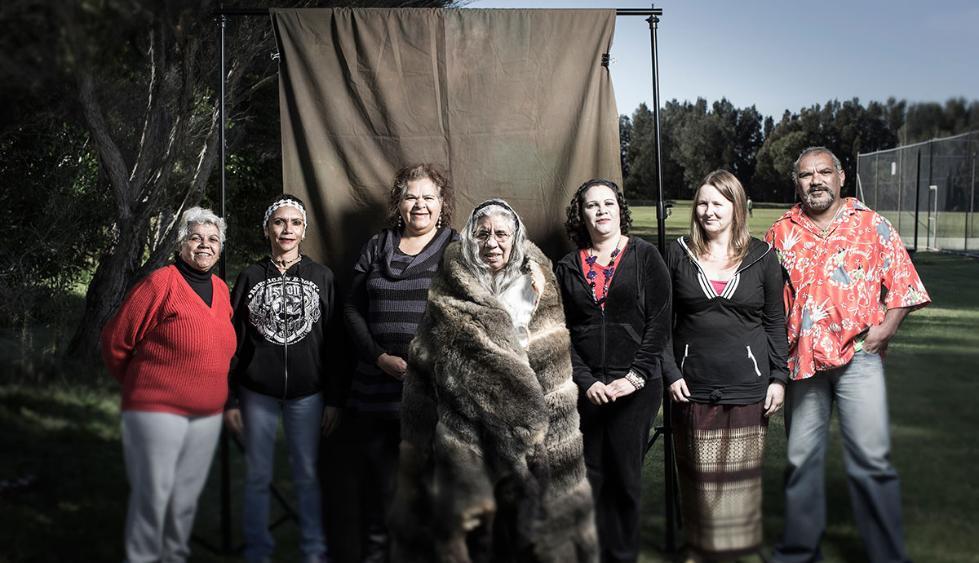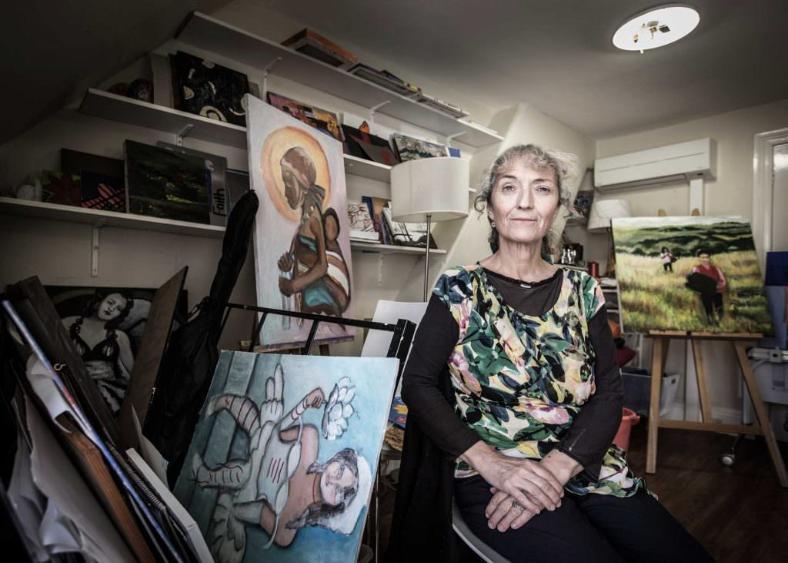The ties that bind
Pop quiz: define the role of the contemporary university.
Pop quiz: define the role of the contemporary university.
You probably started with educating people, particularly the young, who will be tomorrow’s makers, thinkers and leaders.
You could add undertaking research that aims to better understand and solve the challenges facing society to improve our health, happiness and life.
And no doubt we could agree on the general position that universities play as a leading role in society in areas of policy and governance, which make for a stable and cohesive society.
For extra points, you could add to that definition the acknowledgement of how the halls of higher learning have a crucial role to play as the economics drivers of the knowledge economy.
It’s the idea of a community-minded university that has been the driving force behind the Community Engagement Grants Scheme (CEGS), which since 2005 has awarded more than $480,000 to 59 projects that have real outcomes and the ability to use the seed funding to create sustainable, ongoing initiatives.
The individual grants are inconspicuous in their size but conspicuous in their ability to enable the University, through its students, professional staff and academics, to reach out and work with the community in meaningful ways.
Consider the examples of two grant-supported projects that came to fruition during 2016.

The Possum Skin Cloak: Reviving ancient Indigenous traditions
Possum skin cloaks are sacred to the Walbunja and Yuin Aboriginal people in south-eastern Australia.
In addition to being warm and comfortable, the cloak connects the people with the land and their stories and bestows a sense of pride and dignity on the wearer.
By the mid-20th century only a handful of cloaks were in existence.
Throughout 2015 and 2016, UOW’s Batemans Bay Campus held a series of community workshops to make a cloak and decorate it with local Indigenous stories and symbols.
The workshops, which also included storytelling and videography to record the local Indigenous cultural history, were guided by education tutor, artist, and Walbunja Elder Aunty Loretta Parsley.
She said the Batemans Bay Campus was a fitting location for making the cloak because it was close to the ancient learning and birthing site at Hanging Rock.
“The cloak itself was more than just warmth, it was a spiritual item. It was tradition for families to sew a cloak and decorate it with their symbols and totems. It was used for healing and giving warmth for sick people, used in the birthing process and at times people were buried in them.
“Reviving the cloak at this site is in a way representative of the re-birthing of this ancient tradition. Through the workshops we’re building up cultural knowledge that will be transferred to the cloak by the custodians.
“The University has opened the door for Aboriginal people to lead the way. We’ve always been welcomed here so the University becomes part of the context of the site through the cloak.”

Lou's Place: Helping women heal and find hope through words
Lou’s Place is a women’s refuge in the heart of Kings Cross in inner Sydney. It is a place where they can seek shelter from violence, drug addiction, mental illness and homelessness, and seek to rebuild their lives.
Dr Ruth Walker, a senior lecturer in learning development at UOW, first became involved with Lou’s Place as a volunteer, knocking on the door after many years of walking past every weekday morning on her way to Kings Cross Station to commute to Wollongong.
She put her professional experience to work helping women at the refuge to improve their writing skills and ability. The result is the book, All in a Day At Lou’s Place, which is a collection of stories, poems and thoughts from the women themselves, gathered over about 10 years.
The book was produced as a way of giving the women a place to hold and keep their memories and experiences.
“Most of the women were troubled with a range of family, relationship and health issues. Others were younger and hopeful, asking me about courses they could take and using their writing as a way to imagine a different life or a happier future.
“The women I worked with in the writing workshops gave very specific directions for the book, which they wanted to have an overall optimistic message.
“The book was truly a community project, and I was proud that UOW and my colleagues were so willing to support this project for Lou’s Place,” Dr Walker said.